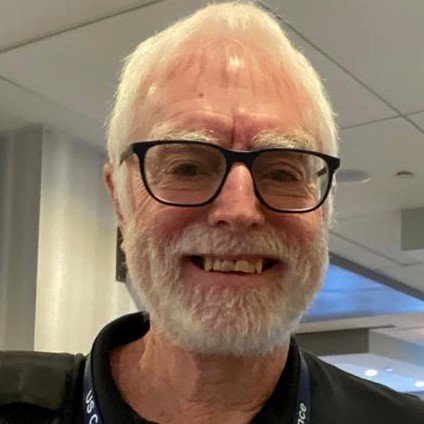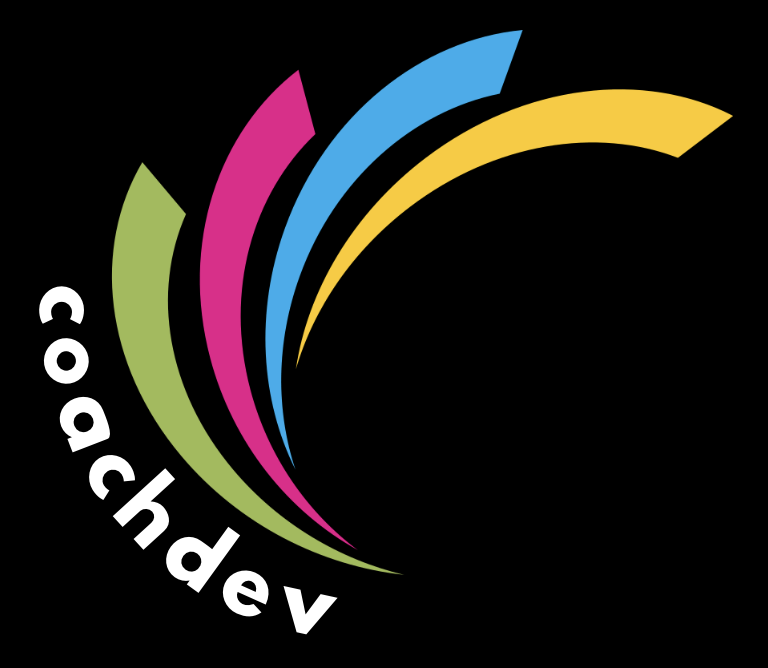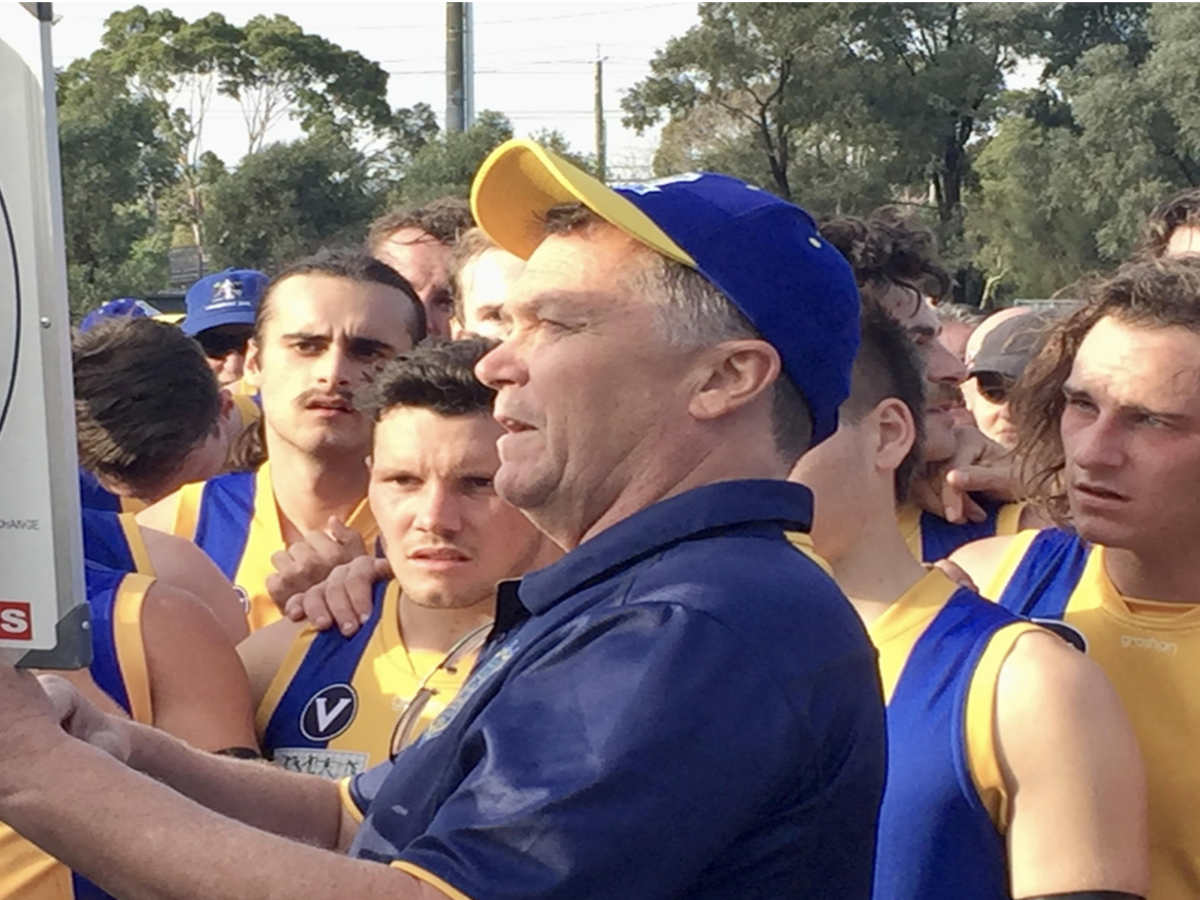“It’s about communication and relationships. Understanding how a coach’s ideas, through their words, turns into an athlete’s movements.”
Nick Winkelman, in The Language of Coaching.
Last year, to keep current in advances in coaching, I invested some time into exploring recent research into coaching, skill acquisition and coach development – podcasts, research papers, articles, books and social media leads.
Recent podcasts featuring Stuart Armstrong, Chris Cushion, Dan Abrahams, Vern Gambetta, Cody Royle, Stuart McMillan and Rob Gray got me thinking more deeply about my own paths in coaching and coach education and some of the factors I believe are important for effectiveness.
Some of the major changes in recent years have been in the language of coaching. As well as novel approaches, these changes include some re-labelling, presenting older concepts in new light, and a change in focus from coach “education” to coach “development”. In any case, plain language use has taken a hit.
In 2025, I am (half) expecting to see a headline or advertisement, which reads something like this.
“Improve your coaching in 2025 through increased affordances, in an ecological dynamics framework, using non-linear pedagogy and game sense activities, incorporating a constraints-led approach and differential learning, ensuring perception-action coupling, with some inbuilt random perturbations, in an athlete-centred environment”...
While these phrases and concepts are well covered and the value of each approach or element is explained in the literature and in podcasts, I wonder how it all resonates with community coaches? They might recognise the phrases “coaching”, “game sense activities” and “athlete-centred”. After that, who knows?
As a long-time physical educator, coach and coach educator, I have learnt much along the way and been influenced by many innovative pioneers in these fields. I have had the privilege of learning directly from many early innovators in teaching and coaching in Australia, particularly in the 1970s and 80s, including:
Bert Willee (University of Melbourne) – group and activity organisation and management, and the use of direct instruction, including command style
Brian Nettleton (University of Melbourne) and Eric Worthington (Australian Soccer Federation) – learning outcomes, principles of play, small-sided games, conditioned games, “freeze-replay”, challenging players to find solutions.
David Parkin, Brian Douge & David Wheadon, (VFL/AFL), Rick Charlesworth (Hockey Australia), Patrick Hunt (AIS Basketball), – wholistic approach to coaching, relationship building, setting and demanding standards and expectations, a strong coaching philosophy.
Frank Pyke (University of WA) and Dick Telford (AIS) – practical application of science to coaching
Rod Thorpe – Game-sense approach
Damian Farrow (AIS/Victoria University) – constraints-led approach, perception-action coupling.
They, and many others, influenced my approach to the art and science, or craft, of coaching in various ways.
Over time, compounding of education courses, learning from others, trial and error and a lot of practical coaching has led me to absorb some critical principles for coaching effectiveness. I have taken a team sport, invasion games perspective in outlining these principles.
PRINCIPLES FOR SUCCESS
There is no one way to coach which guarantees success. Regardless of the terminology you use, whatever underlying theory, philosophy, system, or coaching style, there are some key considerations underpinning effectiveness.
Basic requirements – you must have:
• Knowledge of the sport and movement
• Understanding of motivations – knowing your players, yourself and your WHY? Clarifying what is important to you (your values) helps you frame your coaching philosophy which guides your decision making
• Capacity to establish and nurture relationships
• An environment (organisation and set up) that drives learning and skill acquisition
• A coaching process
• A coaching style
ALL COACHING ENVIRONMENTS ARE DIFFERENT
Apart from the individual characteristics you, as a coach, bring to the task, the first principle is that all coaching environments are different – unique teams, specific environments, individual differences in players and staff. Every practice activity will therefore be different, each challenge presented to players will differ, every decision is unique, and every skill repetition will vary, at least slightly, and may deliberately be vastly different.
USE A CLEAR COACHING PROCESS
The key to success, whatever coaching style you use, is to have a clear coaching process.
The coaching process is used to create an environment where players learn to play to the game plan and eventually to be able to perform it at a consistently high level. The coach, with input from the players, determines what is required of the players to execute the game plan successfully. Understanding this and the current ability of each player allows the coach to plan practice activities to develop the players’ abilities to deliver individually, as specific groups, and as a total team.
So as a coach, what do you do?
Firstly, plan your practices. Plan them according to your game plan and long term strategy, the time of the season and the next game or competition. Include each practice activity, its purpose and specific learning outcomes.
Organise the activity with appropriate rules and conditions (constraints), so players (and staff) can perform the required actions or achieve specific outcomes, and the coaches can easily observe what is occurring.
Initiate the activity, then observe and coach.
Observation – is the key coaching skill in the process. It allows the coach to see, analyse and evaluate the players’ performances in the practice. This where the real teaching element of coaching begins. A common call is to “coach what is front of you”. You have to see something to coach to do this effectively. It depends on the quality of your observation and analysis – what are you seeing? Does it require change or some other intervention? If yes, what do you do – stop the activity or keep it going, change the activity in some way, provide individual or group feedback, pull one or more players out for specific individual attention? It depends on what you see and what you can do about it. And, if something is not working as planned or achieving its purpose, change it.
Coaches should also assist players to become good observers looking to see critical features and cues of movement or game play evolving in front of them. Developing these attentional skills will also assist players to be better at driving their own learning.
All these steps must be in place – knowledge of the game and (your) game plan, the level of your players, planning of practice, organisation of the activities, observation and analysis of performance – for effective teaching and learning to occur. Every element of the process is underpinned by effective communication.
FITTING IT ALL TOGETHER
Following is an example for team invasion games of how it can all fit together.
Game-based activities have always been central to my approach to coaching, initially learnt from my PE courses and observing soccer coaching practices and applying it to Australian Football – for example Pyke & Woodman – The Grid System for Skill Practice Australian Football. I believe players come to practice “to play the game”, so activities should be as related and representative as possible. I have continually looked for opportunities to incorporate games into all elements of practice sessions – warm ups, skill (technical activities), style of play, tactics, conditioning activities-
USING GAMES IN PRACTICE
If you have a good understanding of your sport and the level of your players, there are potentially hundreds of game-related activities, variations and progressions available to you – limited only by your imagination.
What is a game?
The basic elements of a game are:
1. A target or goal of some kind; and essential rules (may be only two or three) to define how it is, or can be played by an individual
2. Add an opponent – can be played by two or more
3. Add a team mate (to one or both sides) – can be played by three or more
Each step increases the “representativeness” of the game to the sport
Starting with a ball, a target, an opponent and a team mate, you open the possibility of dozens of activities which allow the practice of all the elements of a sport and its principles of play.
Overlay this with conditions, or “constraints”, and you multiply the number of available activities for your sessions.
A game-based practice session might include some or all of:
1. Pre-session technique practices
2. Warm-up game
3. Shooting game
4. Skill games
5. Style of play games: Focusing on attack, defence or transition – coaching both sides of the ball.
6. conditioning circuit
7. Skill game under fatigue
8. Post session reflection on the overall session and each activity – What worked well? What did you have to change? What would you do differently when using the same activity next time?
In coaching games, you can use multiple teaching styles or approaches – command, direct instruction, demonstrate and practice, peer feedback, guided discovery – the whole Mosston Spectrum if you want to. All styles have their uses and benefits, and effective coaches use a range of them over the duration of a session, practice block or season. With experience, coaches can choose what is most appropriate for a particular activity at that time.
Current research shows there is a lot developing around skill acquisition, coaching styles and methods, and coach development. A new language, perhaps jargon, is growing around it, at the expense of plain language. These developments have important implications for coaching, including coach education and development. Getting people started is one thing, helping them to a high level of competence in their specific coaching role is another.
SUGGESTED READING
Gilbert, W., (2017) Coaching Better Every Season, Human Kinetics
Gould, D. & C. Mallett (Eds), Sport Coaches’ Handbook, Human Kinetics
Gray, R., (2021) How We Learn to Move, Independent
Launder, A., (2001) Play Practice, Human Kinetics
Lemov, D., (2020) The Coach’s Guide to Teaching, John Catt Educational
Musston, M. & S. Ashworth, (1990) The Spectrum of Teaching Styles: From Command to Discovery, Longman
Royle, C., (2021) The Tough Stuff, Independent
Winkelman, N., (2021) The Language of Coaching, Human Kinetics
Worthington, E., (1974) Teaching Soccer Skill, Lepus Books

Lawrie Woodman
Lawrie Woodman has a broad background in coaching development and high performance sport management. He was the inaugural director of the Australian Coaching Council, then joined the Australian Institute of Sport high performance team. Lawrie has also worked for the Australian Football League and Athletics Australia. He is currently an independent coach developer consultant.

